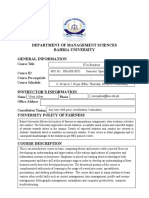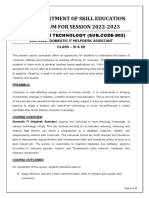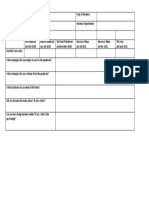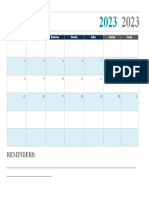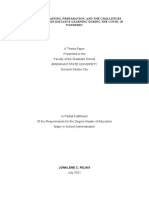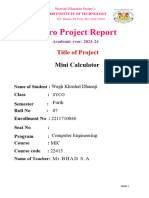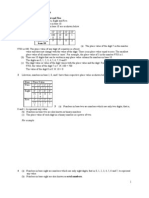0% found this document useful (0 votes)
35 views4 pagesComputer Reviewer
The document provides an overview of Information and Communications Technology (ICT), detailing its sectors, career prospects, emerging trends, and issues. It highlights the importance of occupational safety and health standards in ICT environments, along with key computer number systems and their conversions. Additionally, it covers essential skills in word processing, presentation, and spreadsheet software.
Uploaded by
Miss FaithCopyright
© © All Rights Reserved
We take content rights seriously. If you suspect this is your content, claim it here.
Available Formats
Download as DOCX, PDF, TXT or read online on Scribd
0% found this document useful (0 votes)
35 views4 pagesComputer Reviewer
The document provides an overview of Information and Communications Technology (ICT), detailing its sectors, career prospects, emerging trends, and issues. It highlights the importance of occupational safety and health standards in ICT environments, along with key computer number systems and their conversions. Additionally, it covers essential skills in word processing, presentation, and spreadsheet software.
Uploaded by
Miss FaithCopyright
© © All Rights Reserved
We take content rights seriously. If you suspect this is your content, claim it here.
Available Formats
Download as DOCX, PDF, TXT or read online on Scribd
/ 4






























